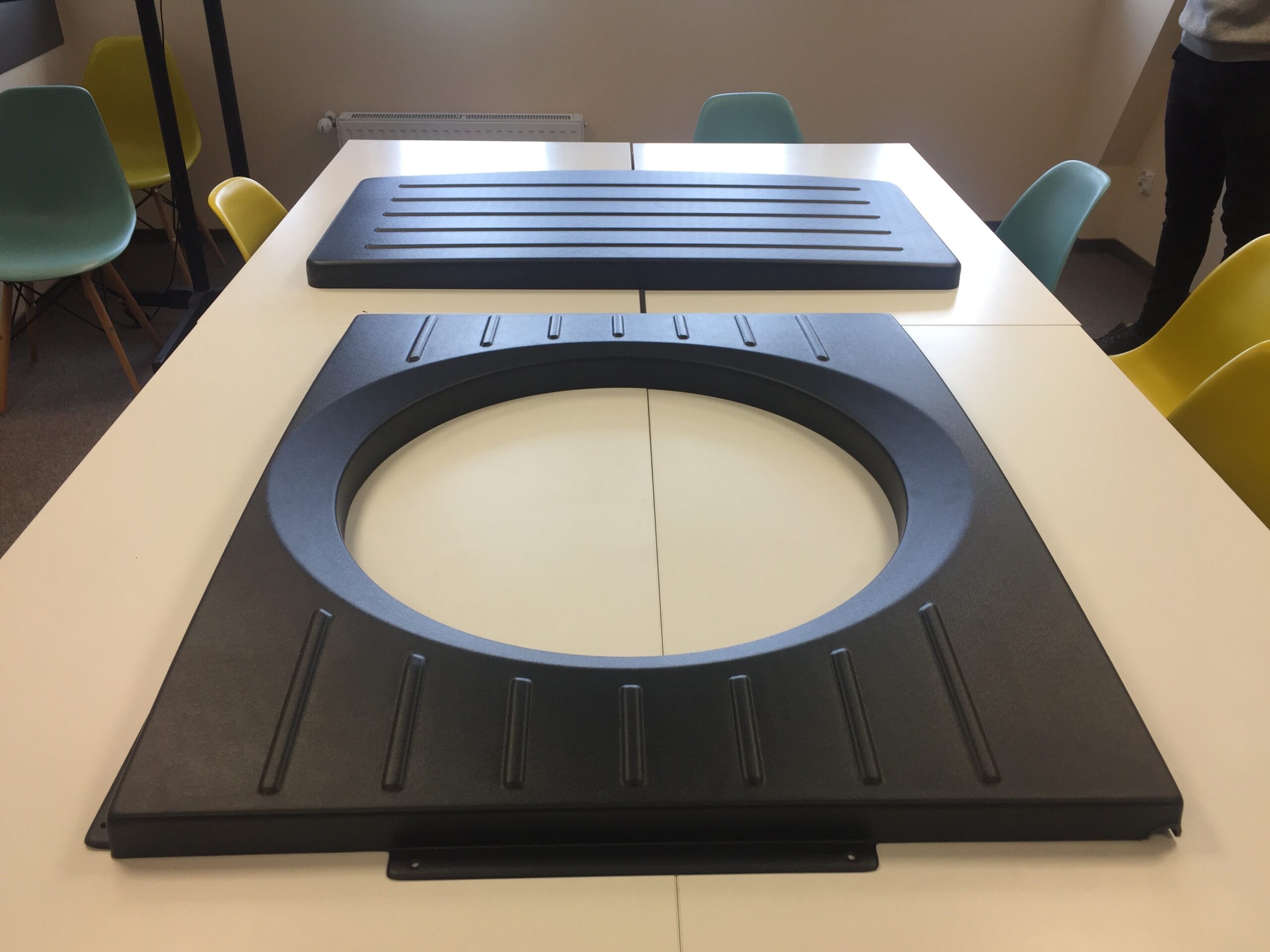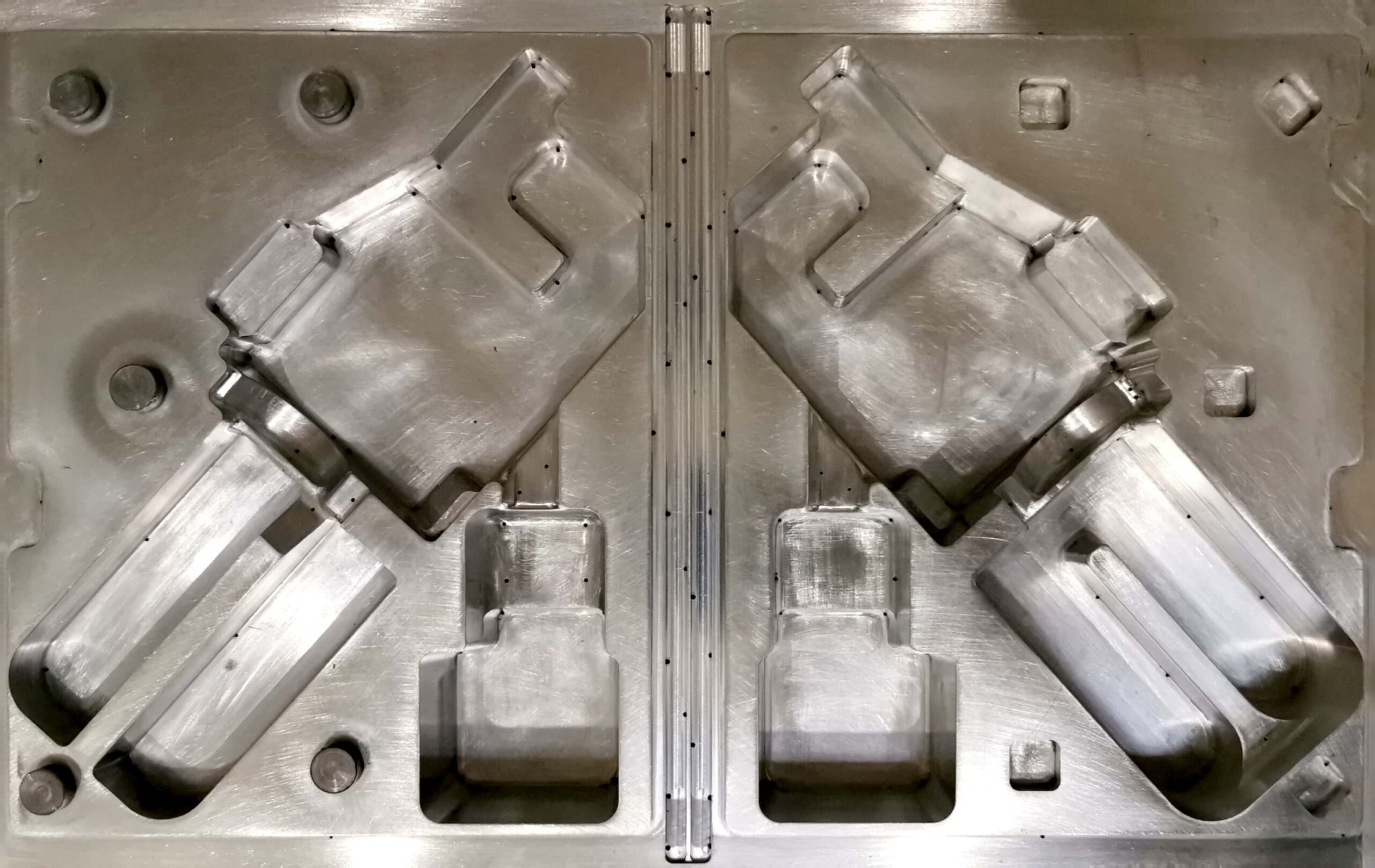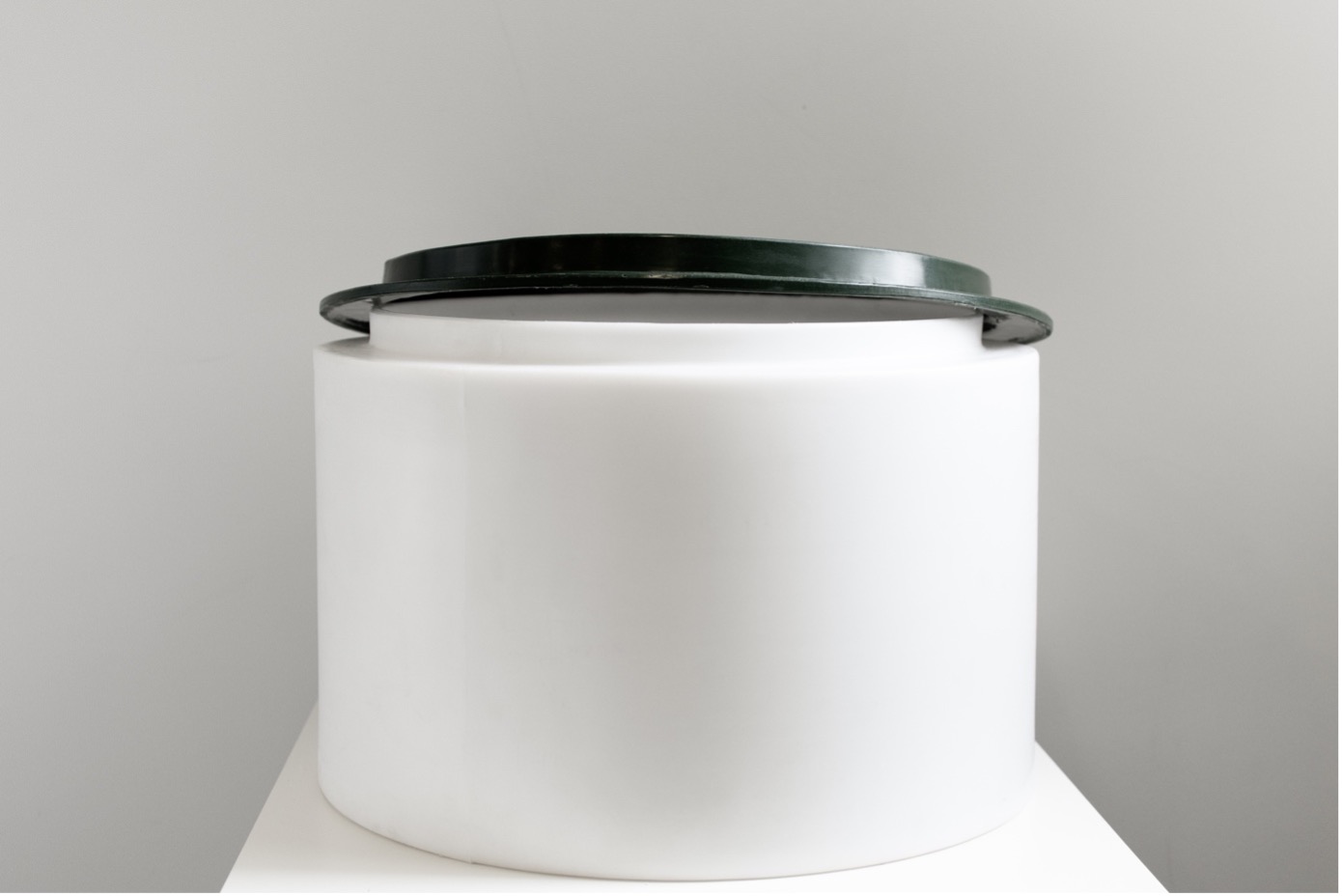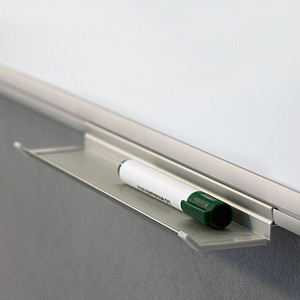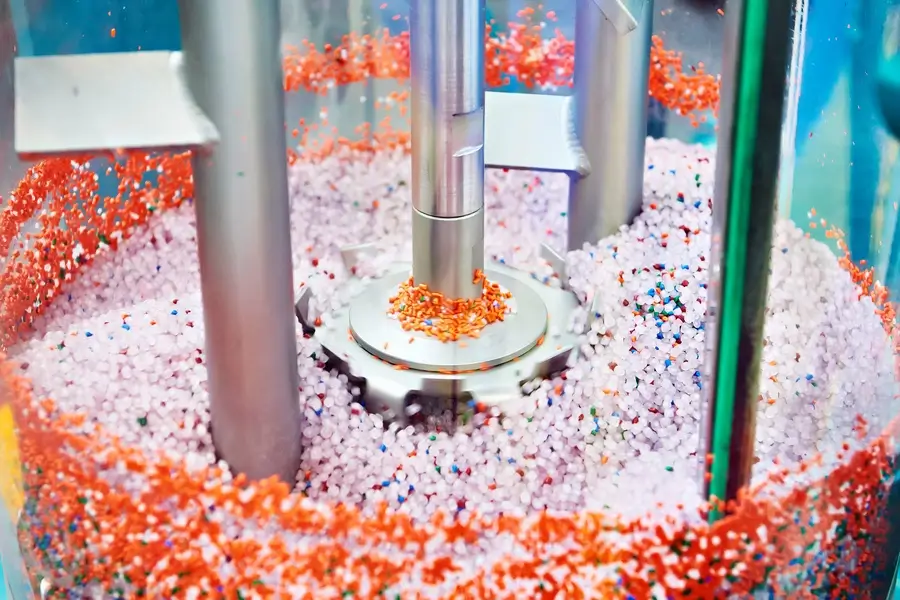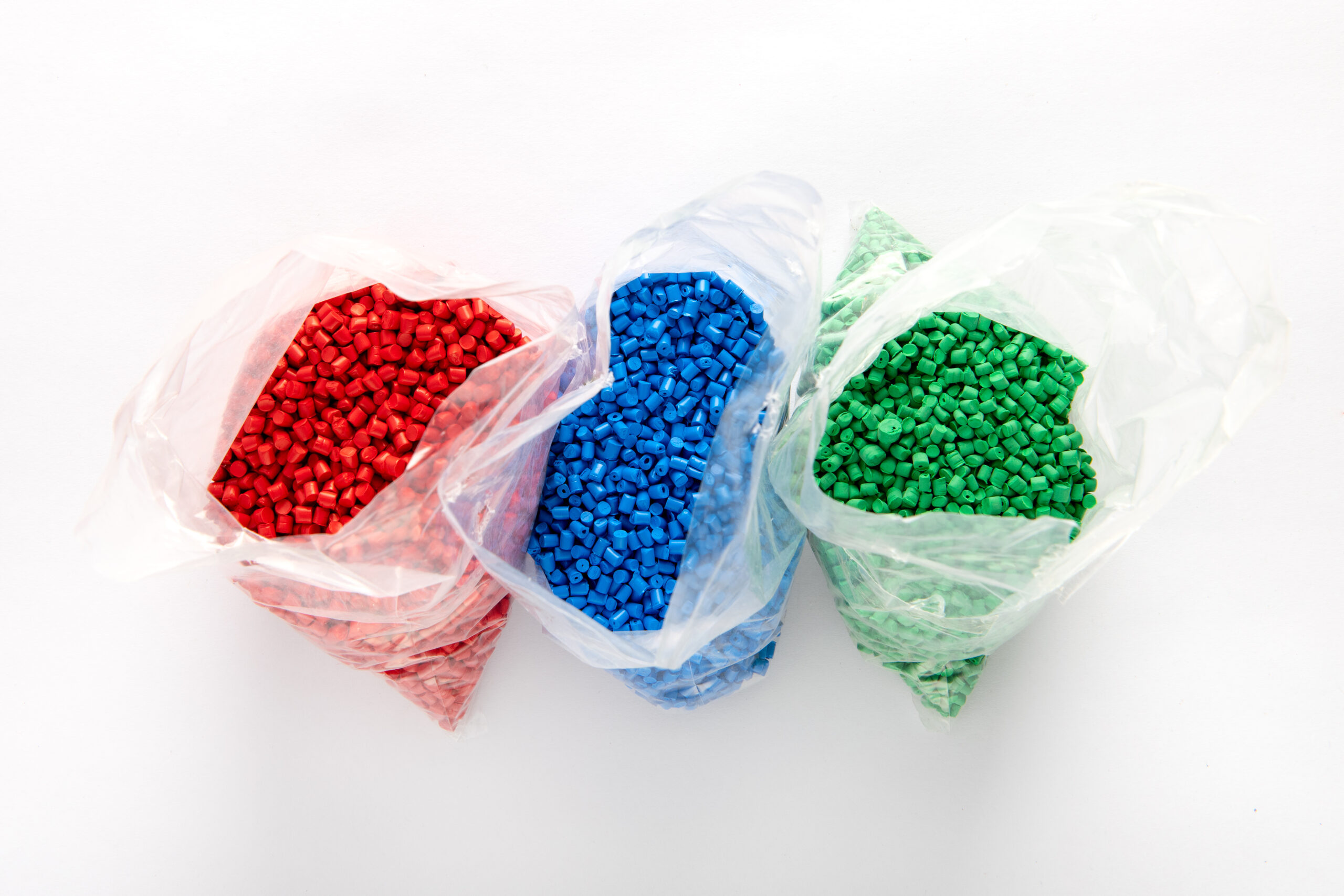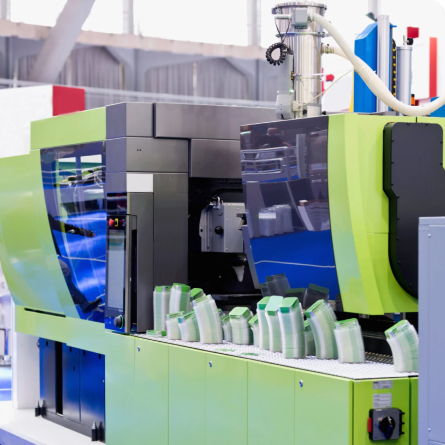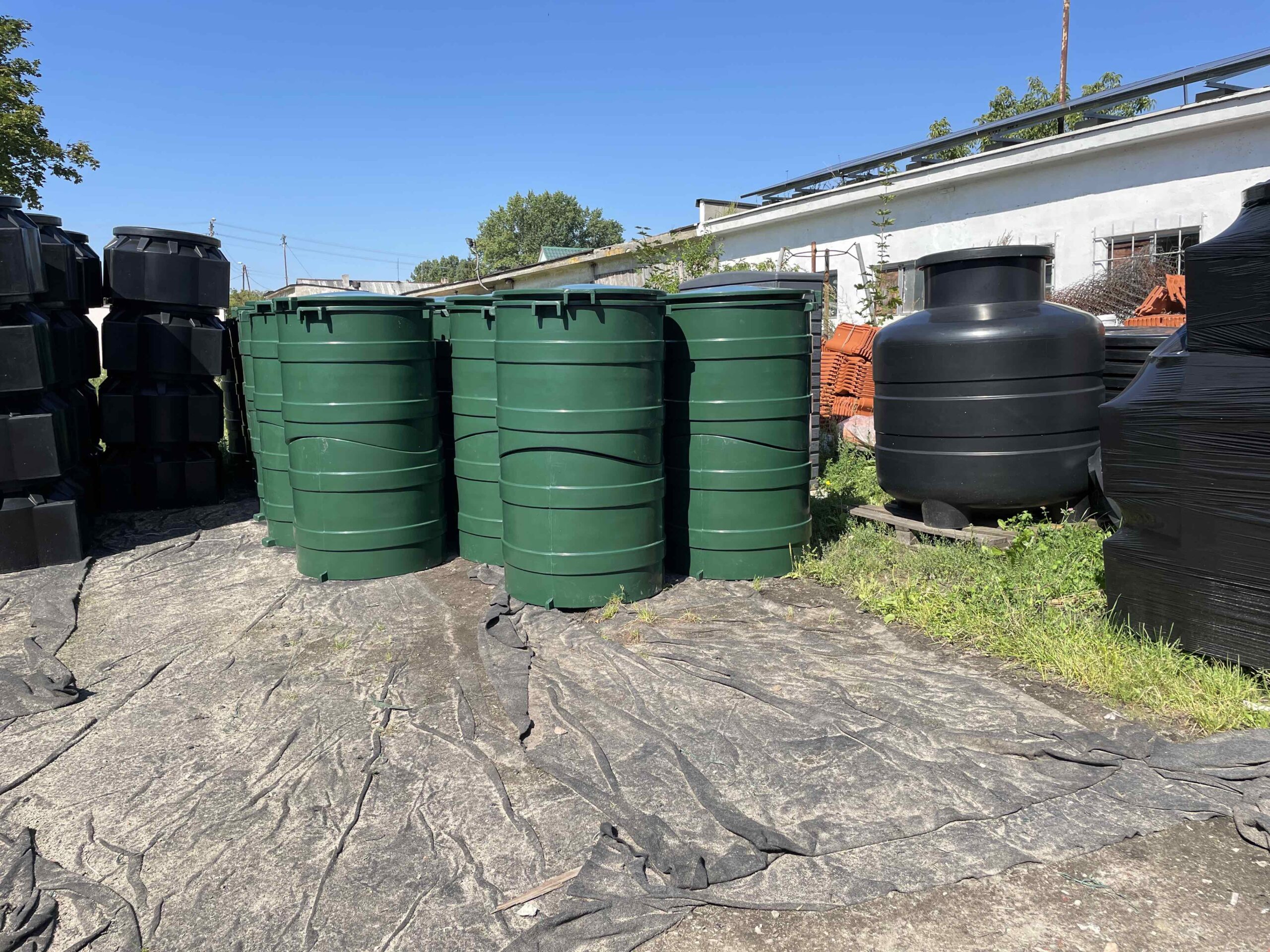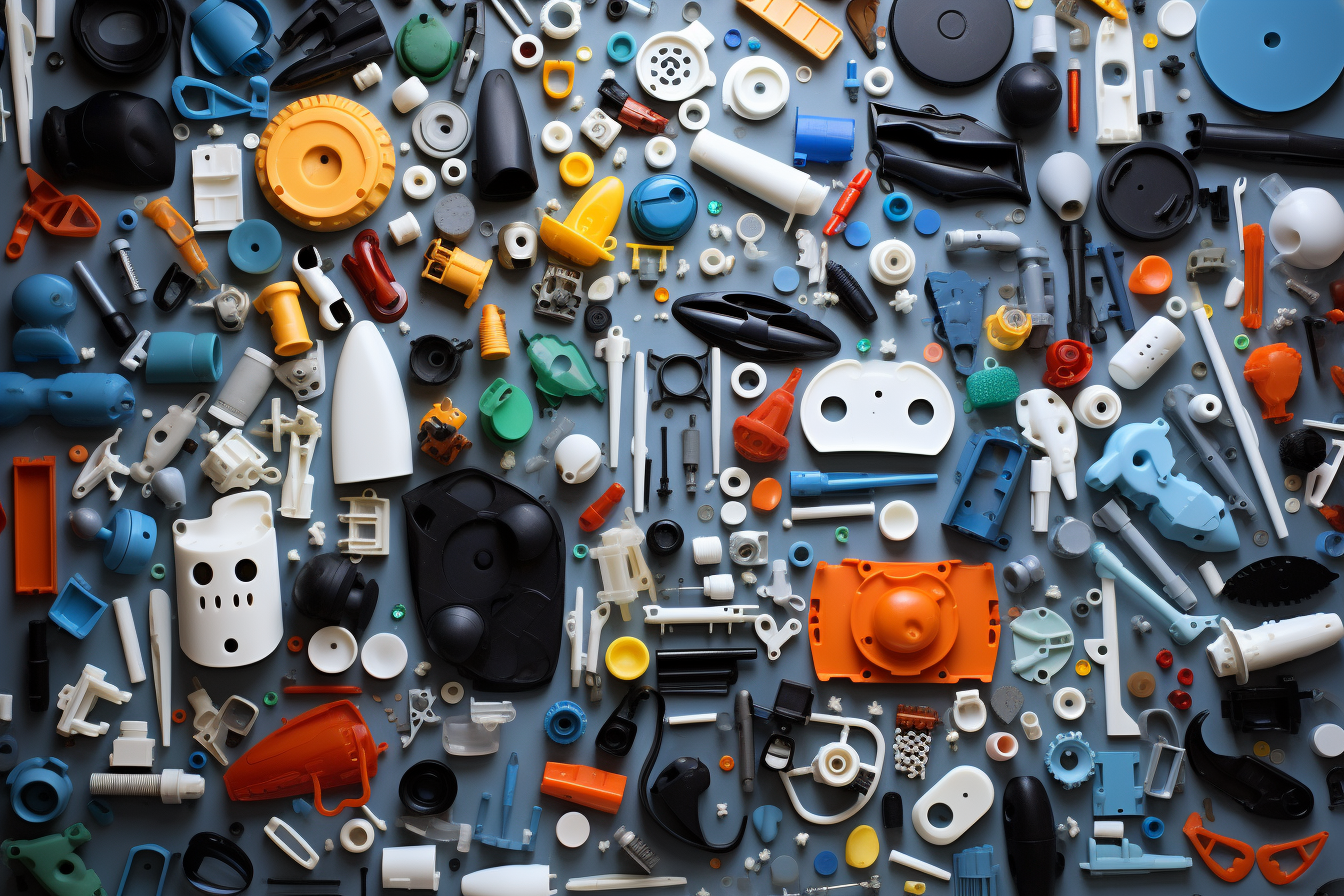During our collaboration with clients, we have noticed that the production cost is the most important, or one of the most important factors when outsourcing the manufacturing of plastic products.
For this reason, we have decided to write an article about the general principles we follow to reduce the production cost of plastic components.
Of course, it is important to remember that each project is unique. Therefore, at Plastipol, we provide technological consultations to help tailor the manufacturing process of components, ensuring that the resulting price is as low as possible while maintaining the required functional and aesthetic properties.
What factors contribute to the price?
To discuss cost reduction, it is crucial to understand the factors that influence the price of plastic components.
Material cost
The cost of material is often the primary factor influencing the price. This includes both the mass of the final product itself and any material losses resulting from the production process. There are significant differences in both price and properties among different types of plastics, making the selection of the right material the most crucial challenge.
The manufacturing cost
The costs of manufacturing plastic components are divided into:
a) technological
These include certain parameters such as cycle time, full or partial utilization of workspace, or other parameters of the production process.
b) non-technological
These include: energy costs, machine depreciation, labor costs, assembly costs, etc.
How to reduce costs – information regarding all technologies.
Each production technology has completely different characteristics, so both the input material and process parameters are entirely different. For each of them, different factors have the greatest impact on the final price. Nevertheless, several general principles that apply to all technologies and have an impact on reducing production costs can be identified.
Don't wait!
Tailor the technology to your needs to reduce plastic production costs.
Reducing material costs
The cost of material is a crucial factor compared to the cost of the finished product. For this reason, during every implementation, one should consider the amount of used material. The reduction of costs can be achieved in the following ways
Reducing the weight of the product
The first aspect that comes to mind is to have the finished product weigh less, resulting in less material usage. However, it is important to keep in mind that this may affect the strength. Therefore, the most important rule is – slim down the part as much as possible, but not more. To achieve this, at Plastipol, we perform strength calculations (including FEM) that allow optimizing the design to minimize its weight.
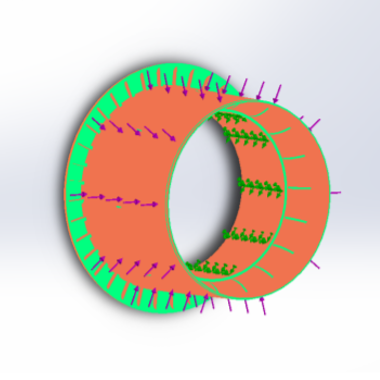
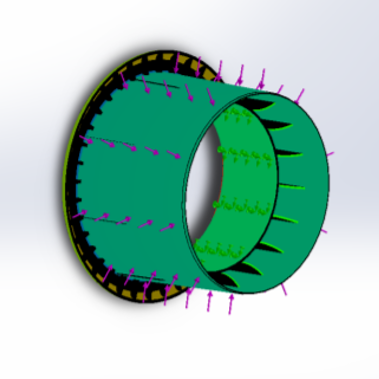
The weight can be reduced by altering the internal or external geometry, including: adding ribs, chambers, local reinforcement, or introducing additional geometry externally, for example, in areas where reinforcement is needed.
Very often, this method involves producing a thinner part but reinforcing it locally, for example, using a collar.
Applying the appropriate material
In all technologies, there is a wide selection of plastics that can be used. These materials have different properties as well as prices. The key to reducing production costs is the use of the most cost-effective material that possesses sufficient functional and aesthetic properties. Moreover, there are several methods worth exploring as they can reduce production costs:
– using additives in materials that can improve the properties of finished products (e.g., increase UV resistance)
– using recycled plastic (regrind)
– reducing weight by using material with better properties

Waste
During production, there will always be a certain amount of material waste, which is caused by technological aspects such as proper material distribution. The input material also has a significant impact, for example, the size of the sheet. Reducing waste has a major influence on lowering production costs.
Using ready-made solutions to avoid finishing processes
In large production series, a commonly used practice is the elimination or reduction of finishing processes. This is achieved, for example, by incorporating threads into the mold, eliminating the need for a separate threading process.
It should be taken into account that the cost of the mold is usually higher, so it may not always be cost-effective.
Don't wait!
Tailor the technology to your needs to reduce plastic production costs.
How to reduce costs – injection molding.
In injection molding technology, large production series are most commonly produced. The quality of the finished products must be tailored to the application. The most important thing is for the finished product to meet aesthetic and durability requirements. However, one should not go too far in the other direction, i.e., producing ‘overly good’ products, as their cost will be higher.
We can achieve a reduction in production costs by:
– reducing cycle time. The key is the mold design and the selection of hot/cold runners. When tight tolerances are required, a hot runner should be used; when accuracy is not as crucial, a cold runner is sufficient.
– number of cavities. A higher number of cavities means a higher mold cost but a lower part cost. The key here is the proper balance.
– excellent mold design. Minimizing waste is crucial, as it always occurs due to the need to distribute the material properly in the mold during the injection molding process.
– increasing the mold lifespan. We achieve it through part technologization, including: rounding edges. This will result in both a lower mold cost and the ability to produce more parts on it.
– simplifying the part as much as possible, for example, eliminating the need for slides in the mold.
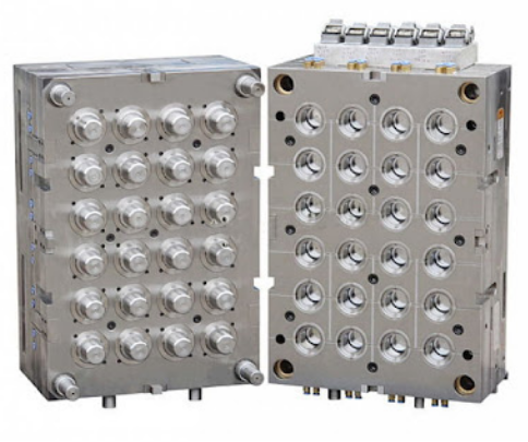
Dwg. 3 Multi-cavity injection mold
How to reduce costs – rotational molding.
In rotational molding technology, large-scale elements made of plastics are most commonly produced. We can achieve a reduction in production costs by:
– avoiding complex shapes, allowing the use of steel molds rather than aluminum ones (which are much more expensive).
– selecting the appropriate number of cavities for the injection mold
– avoiding challenging geometries, such as internal threads, and opting for simpler solutions, including hole for a lock or bayonet connection

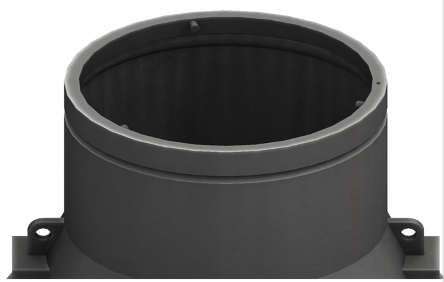
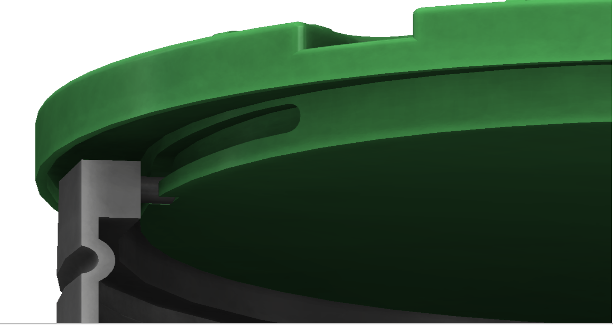
Dwg. 4 The bayonet connection implemented in the deployment of products for the pumping station.
– designing elements in a way that minimizes waste
– optimal utilization of workspace – utilizing the entire space allows for a significant reduction in the product’s cost
– rotating entire assemblies, such as bases along with covers, without separating them into individual processes
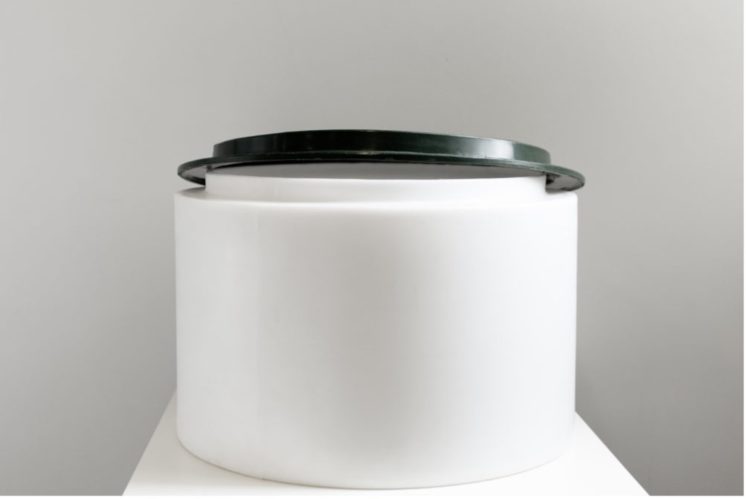
Dwg. 5 Rotational molded complete set of the base along with the cover
– using the most readily available materials, such as LDPE (Low-Density Polyethylene) and HDPE (High-Density Polyethylene).
– lightweighting the design. In rotational molding, the details are hollow inside, and it is crucial to select appropriate parameters to ensure uniform wall thickness
– design with a focus on optimizing transportation. While this won’t reduce the cost of production, it will lower transportation costs, which is also a significant factor.
Don't wait!
Tailor the technology to your needs to reduce plastic production costs.
How to reduce costs – thermoforming.
Thermoforming is a highly versatile technology for manufacturing components from sheets or films. Reducing production costs can be achieved through:
– using the appropriate sheet size to minimize waste
– selecting the appropriate material for the mold, for instance, it doesn’t always have to be steel/aluminum, but could be wooden covered with a composite or resin.
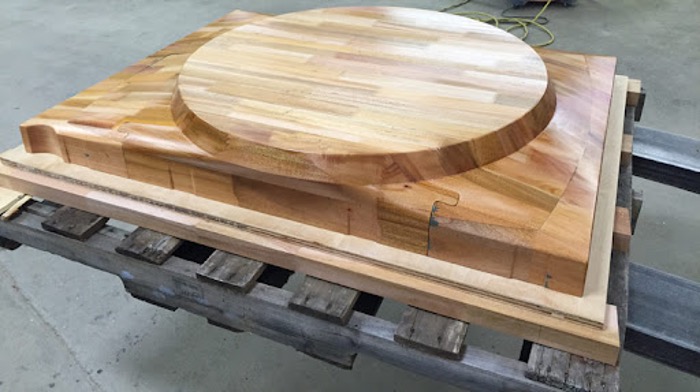
Dwg. 6 A wooden mold for thermoforming – covered with a composite.
– thinning the wall thickness and reinforcing the part by adding a flange
– using additive materials, for example, those that enhance UV resistance. Even with a slightly higher cost, we can significantly increase the product’s lifespan
– a suitable design to minimize post-processing.
– using appropriate draft angles on the walls to allow parts to interlock, significantly reducing transportation costs.
How to reduce costs – extrusion.
Extrusion is an ideal method for producing components with a uniform cross-section, such as profiles. Reducing production costs can be achieved through:
– implementing an appropriate design, including: reducing wall thickness, adding internal geometry, internal chambers, and ribs. In this technology, it plays a crucial role.
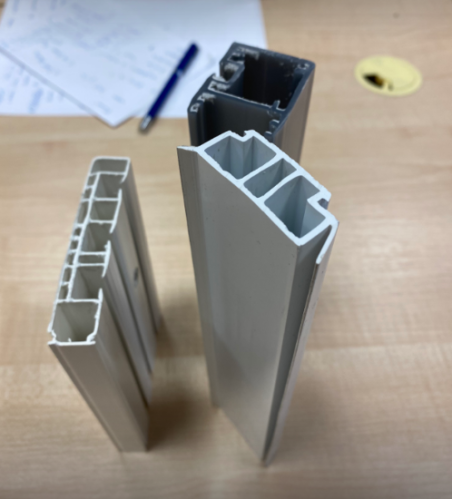
Dwg. 7 An example of chamber-reinforced profiles introduced at Plastipol Poland. A 25% reduction in the production cost of the component. Comparable strength of the profile.
– maximum simplification shape of the final product
– planning continuous production – interruption and resumption entail significant costs.
– automating the process, such as immediately cutting the profile to the correct length.
– reducing cycle time by adding an additional water or air cooling process.
How to reduce costs – plastic processing.
All plastic processing processes involve removing material to create the final product. Reducing production costs can be achieved through:
– applying the appropriate processing method. Depending on the shape, a different method may be suitable (such as milling, cutting, etc.).
– using input material of appropriate thickness – the less input material, the smaller the waste generated, so it’s advisable to use the smallest feasible setup.

Dwg. 8 Optimal utilization of material sheets to reduce production waste
– avoiding complex shapes, as they can significantly prolong the process and increase tool consumption
– applying machining often lowers costs because it eliminates the need for expensive molds in production.
– applying appropriate tolerances, as overly precise execution may require additional steps or the use of different tools.
How to reduce costs – 3D printing.
We most commonly use 3D printing methods for prototypes or small production runs. Reducing production costs can be achieved through:
– choosing the appropriate 3D printing method. The methods vary significantly, and selecting the appropriate one can even reduce production costs several times over.
– using an appropriate layer height, small enough for the product to have the desired properties but large enough to reduce production time.
– planning the appropriate infill for the product. Products are rarely solid throughout, which shortens the production time and reduces the amount of material consumed
– planning production to minimize the use of support material, which is considered waste
Summary – reducing the cost of production of plastic components.
Reducing the cost of production for plastic components is a broad topic, often achieved by combining various actions both in the material and technological aspects. A comprehensive analysis requires significant knowledge and experience. For each technology, different factors should be taken into consideration.
At Plastipol, our specialists always perform a full analysis and check what can be done to reduce the production cost while maintaining appropriate functional and aesthetic properties.


